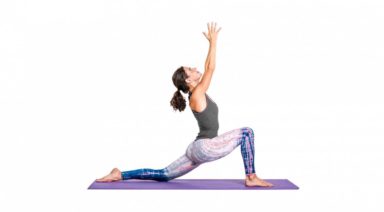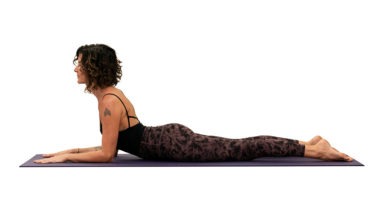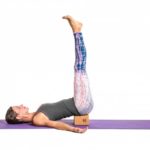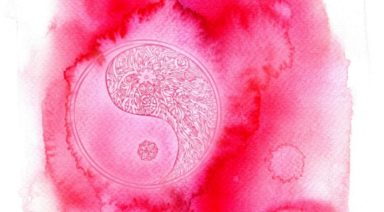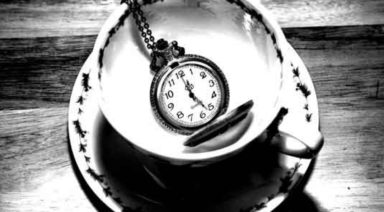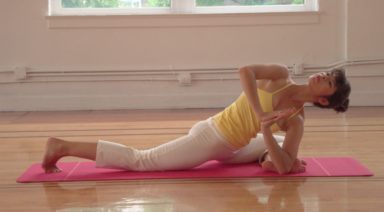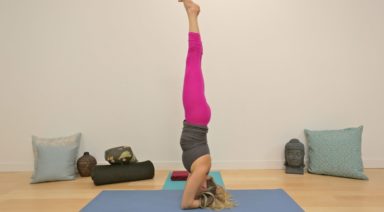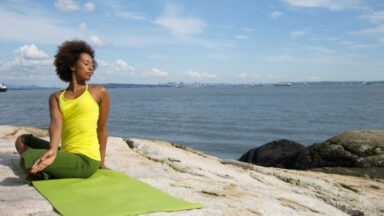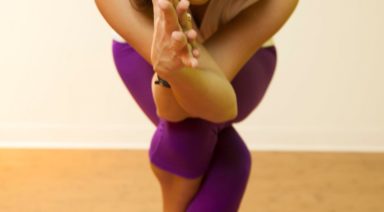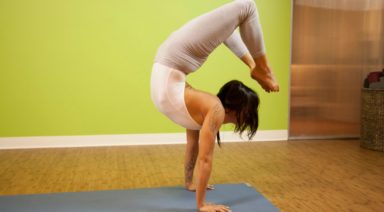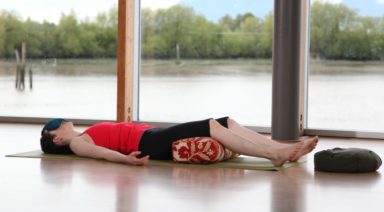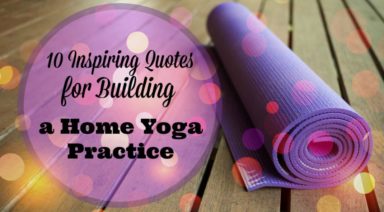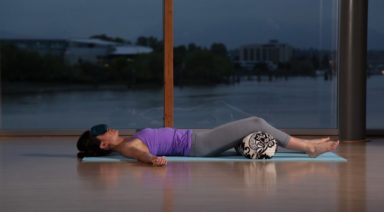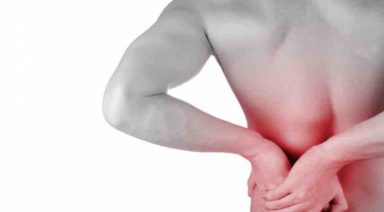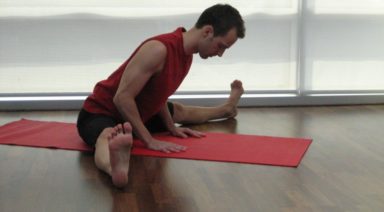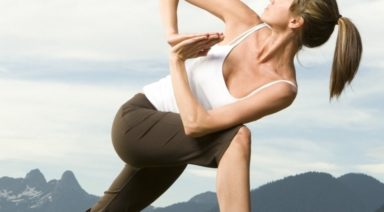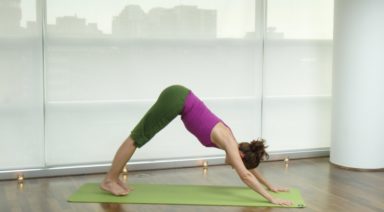Ardha Uttanasana: Half Standing Forward Bend
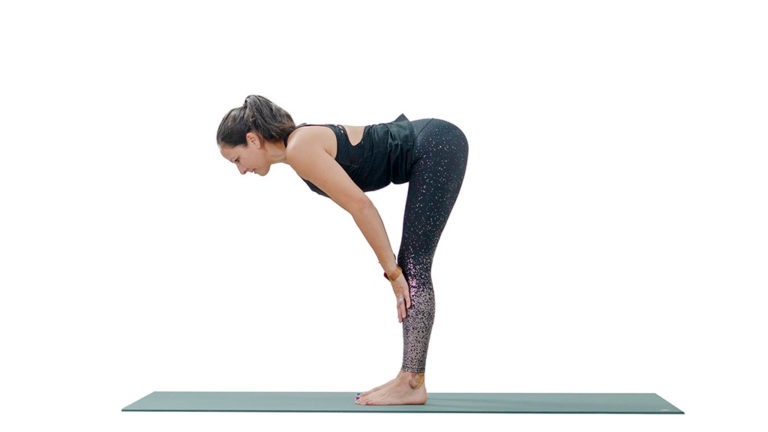
ADJUSTMENTS | BENEFITS | SEQUENCING | SANSKRIT | STEPS
An effective stretch for your hamstrings and calves ardha uttanasana (ARE-dah OOT-tan-AHS-anna), is often used during vinyasa sequences to connect the breath as you flow from one posture to the next.
Philosophy + Origin
One of the reasons ardha uttanasana is used so much in vinyasa yoga classes is that it positions the body for chaturanga dandasana. Because it engages the navel and core, it’s a powerful pose for warming up the body, which is why it’s included in warm-up sequences. Despite its sometimes transitory nature, the pose also engages the navel chakra (manipura), which can bring the practitioner increased confidence and willpower.
ADJUSTMENTS/MODIFICATIONS:
- Place fingertips on the shins or blocks.
- Place hands on a chair or wall.
- Bend knees as much as needed to offer more space for the spine and lower back.
- Although the name of the posture suggests “half,” it doesn’t mean that you must lift half way up. For some, even a quarter lift provides a powerful stretch for the backs of the legs without compromising alignment.
STEP-BY-STEP:
- Begin in a standing forward bend (uttanasana).
- Inhale to reach your chest forward, lengthening the sides of your torso.
- Place your fingertips on the ground, or hands to shins.
- Bring your gaze to the ground in front of you, neck in neutral alignment.
- Hold the lifted pose for a couple breaths before exhaling back to forward fold.
PREPARATORY POSES:
- Standing forward bend | Uttanasana
- Plank pose | Phalakasana
- Mountain pose | Tadasana
SEQUENTIAL POSES:
- Wide-legged forward fold | Prasarita padottanasana
- High to mid plank | Chatarunga dandasana
COUNTER POSES:
- Cobra pose | Bhujangasana
- Sphinx pose | Salamba bhujangasana
- Supported fish pose | Matsyendrasana
SANSKRIT:
- Ardha = half
- Uttana = intense stretch
- Asana = pose
PHYSICAL BENEFITS:
- Stretches your hips, hamstrings, calves and lower back.
- Strengthens your thighs, core, and back.
- Warms your body.
ENERGETIC BENEFITS:
- Engages the navel chakra, manipura.
- Increases confidence, willpower, and self-esteem.
Legal Disclaimer Before participating in any exercise program or using any fitness products or services that may be described and/or made accessible in or through the Gaia Website and/or the Services, you should consult with a physician or other healthcare provider. Read more about Gaia’s Terms Of Use.
Anjaneyasana: Monkey Lunge Pose
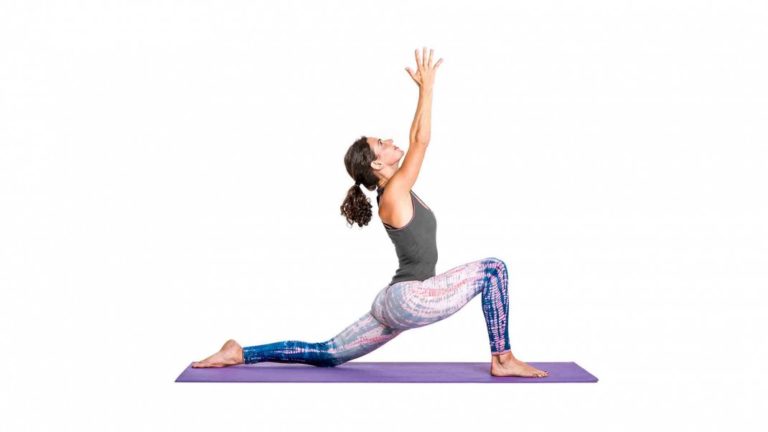
Anjaneyasana (AHN-jah-nay-AHS-uh-nuh), also known as low lunge or monkey lunge, stretches the hips, gluteus muscles, and quadriceps while improving balance, concentration, and core awareness.
Philosophy and Origin:
The term anjaneya is a matronymic reference to the monkey god Hanuman using his mother’s name, Anjani. Lord Hanuman is a central part of Hindu devotional worship, believed to be an incarnation of Lord Shiva. The pose resembles a young, divine child (anjaneya), reaching towards the sky and the warmth of the sun, captivated by a glowing fruit in the sky as depicted in the traditional epic.
Sanskrit:
- Anjaneya: Lord Hanumān, the divine entity of spiritual significance
- Asana: pose



